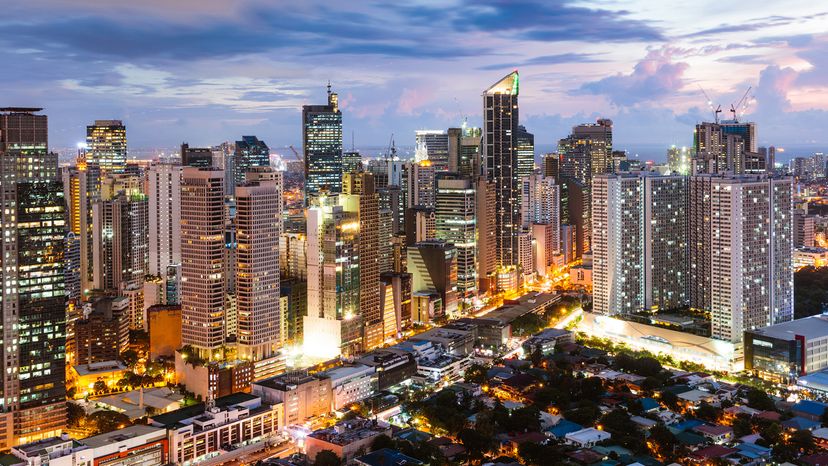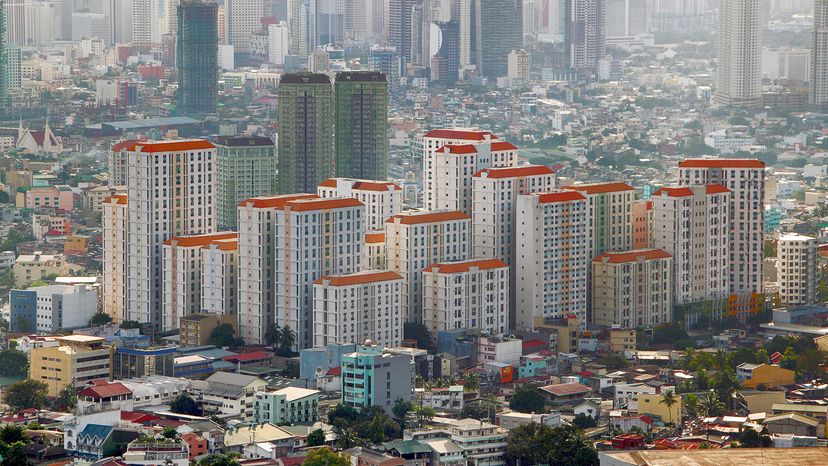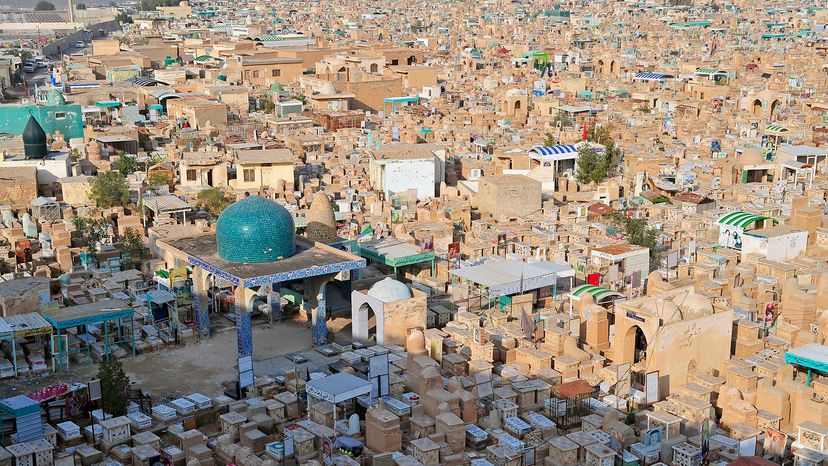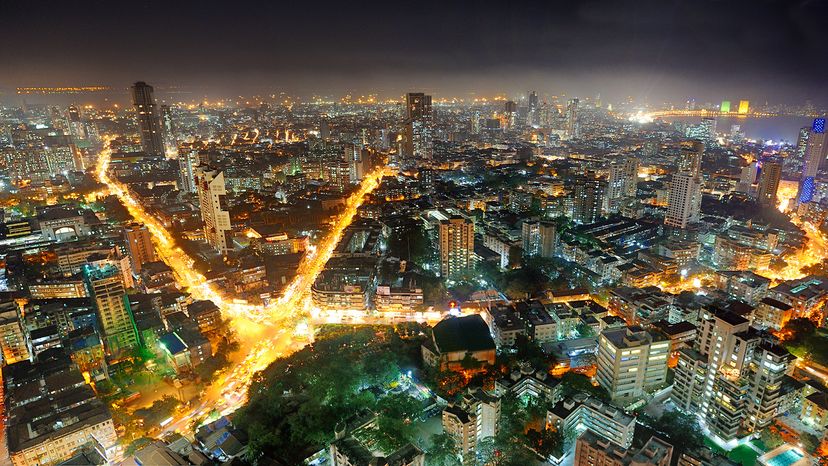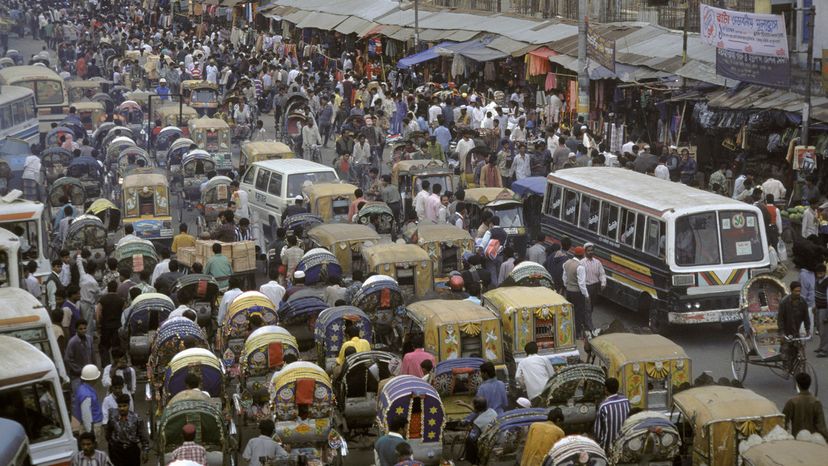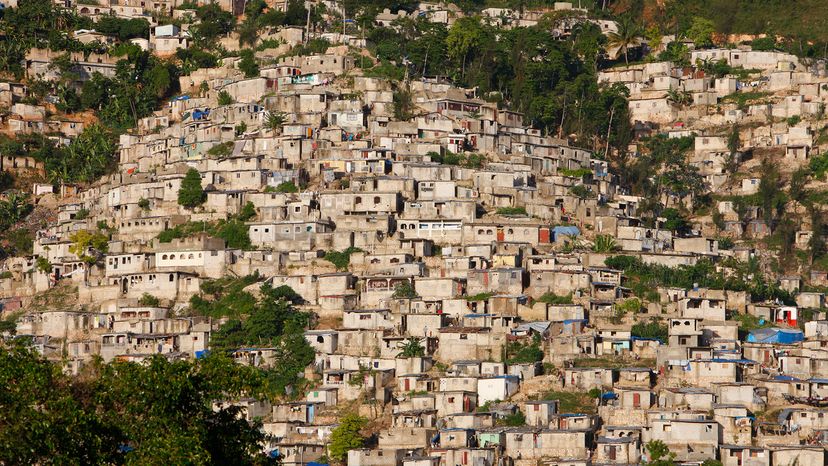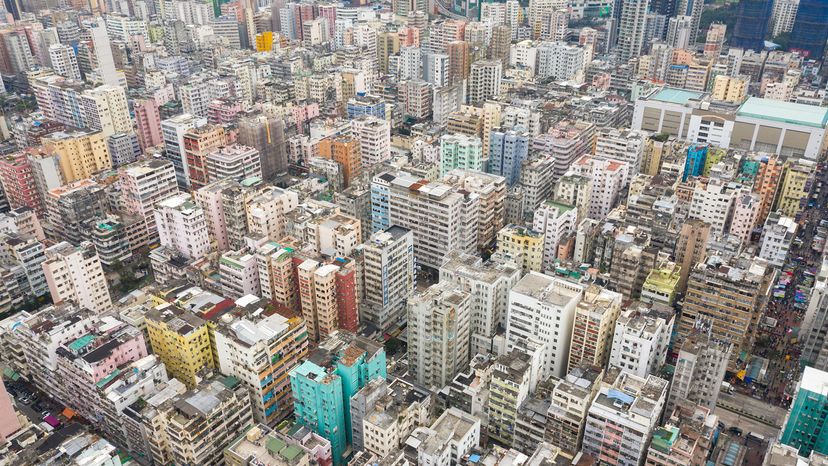
Statistically, over half of the people reading this article live in a city, with a higher population density than rural or suburban areas. For instance, New York City has nearly 27,000 people crammed into each square mile (2.6 square km) of land.
That might seem like intense overpopulation, but it's nothing compared to the most densely populated city in the world. Here, we've ranked the cities with the high population densities by number of people per square mile.
Advertisement
